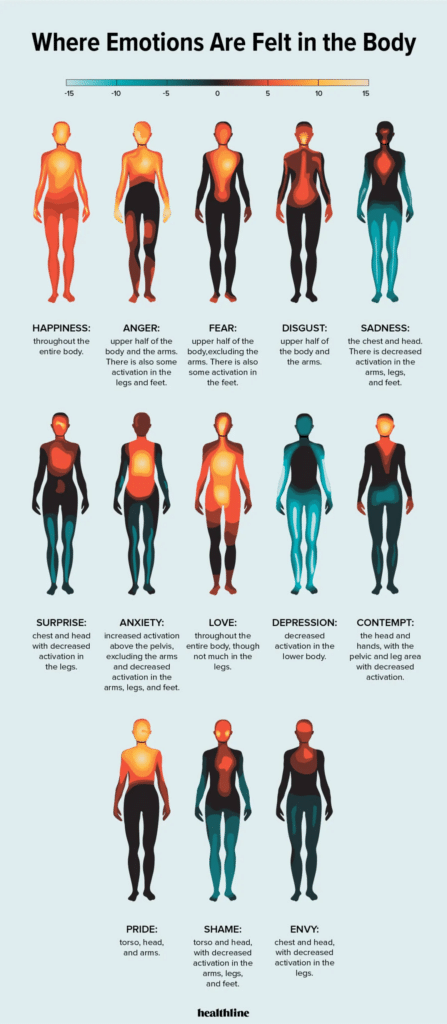How The Body Stores Trauma, And How To Release It
May 24, 2023 • By Olivia Marjorae
Emotional baggage could be weighing you down physically, too.

In the game of life, have you ever wondered how past traumas can linger in your body? It turns out that the body, indeed, keeps the score! Recent research shows that trauma and emotional baggage can have a lasting physical impact, even long after the initial event has passed. The result? Aches, pains, stiffness, and restricted mobility that can hold us back on our journey. But fear not! Healing from past trauma goes beyond just mental and emotional work—it also involves caring for our bodies.
If you’re curious to understand how trauma gets stored in the body and eager to find ways to let it go, you’re in the right place to discover the pathways to holistic healing.
What Is Trauma?
Trauma refers to the lasting effects on our mental, emotional, and psychological state that result from experiencing a traumatic event. These events can include anything that makes us feel stressed, scared, or in danger.
Trauma can manifest in various forms, but it often appears as:
• Depression
• Anxiety
• Panic Attacks
• Dissociation
• Various Mood Disorders
How/Where It Is Stored

When we go through a traumatic experience, our bodies instinctively react in various ways to cope and protect themselves. For example, you might notice your bones stiffen, muscles twist, heart race, and more. This automatic response, the fight, flight, or freeze response, happens when our brain tells our body how to react to a perceived threat.
What’s interesting is that our bodies have a memory for these reactions, which is known as muscle memory. So, those same bodily responses can resurface when we face long-term or chronic trauma, even when there’s no immediate danger. Our bodies have memorized and stored these response patterns, leading to unprovoked reoccurrences.
Physical manifestations of trauma can appear as:
• Chest tightness
• Muscle aches
• Lack of joint mobility
• Trouble sleeping/Insomnia
• Tremors
• Brain fog
• Memory loss
How to Release It
1. Various Forms of Therapy: According to PsychCentral, Cognitive Processing Therapy, Prolonged Exposure Therapy, and Talk Therapy are all clinically-proven to aid in trauma release.
2. Somatic Experiencing, or Intentional Movement: Somatic Experiencing, sometimes called “SE” or “Intentional Movement” refers to a body-first approach to mitigating trauma symptoms. It uses forms of physical movements to allow one to reclaim power, authority, and autonomy over their body. The process essentially teaches your body a new and improved method of movement, replacing the old, trauma-induced methods. Some forms of SE include:
• Yoga
• Dance
• Stretching
• Martial Arts
• Meditative Walking
• Belly-Breathing Exercises
Reading Material
If you want to learn more about the topic, check out this book below!

What do you do when feeling tense? Let us know in the comments down below!











